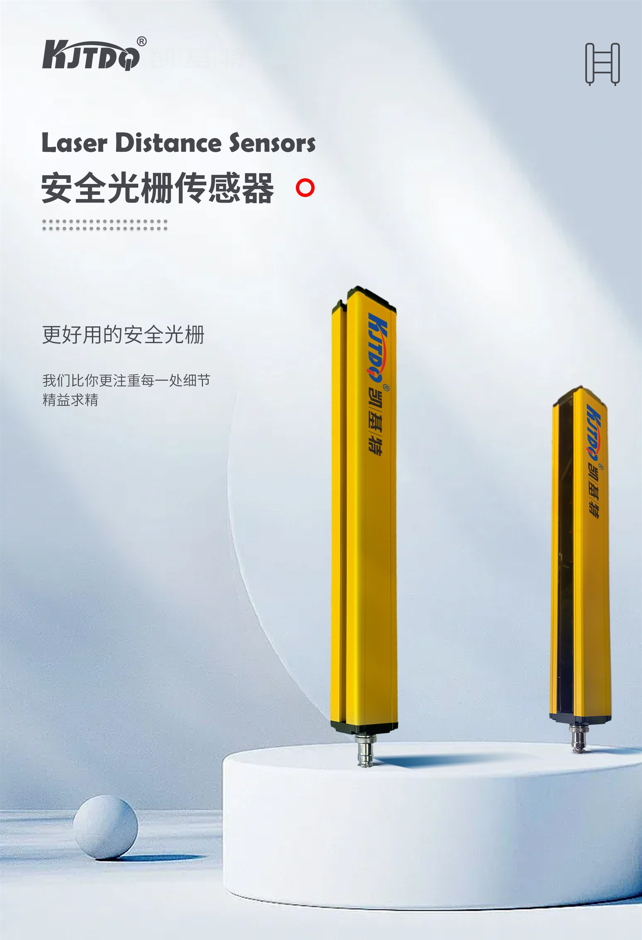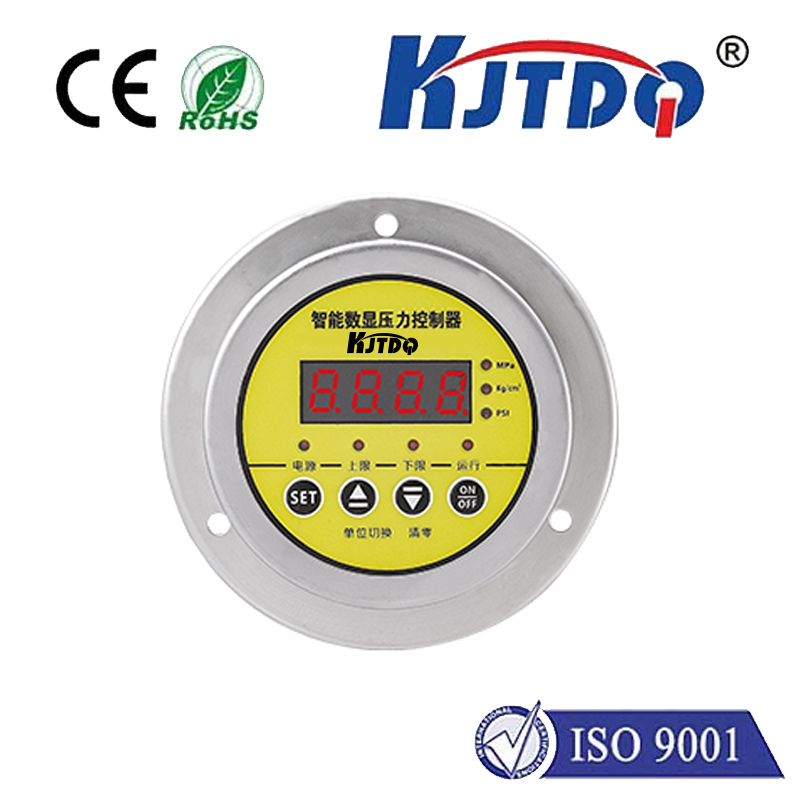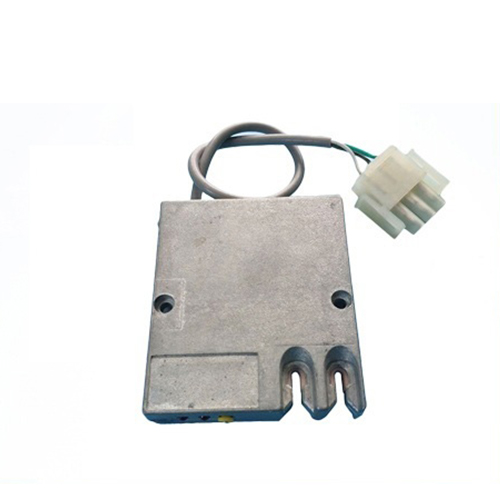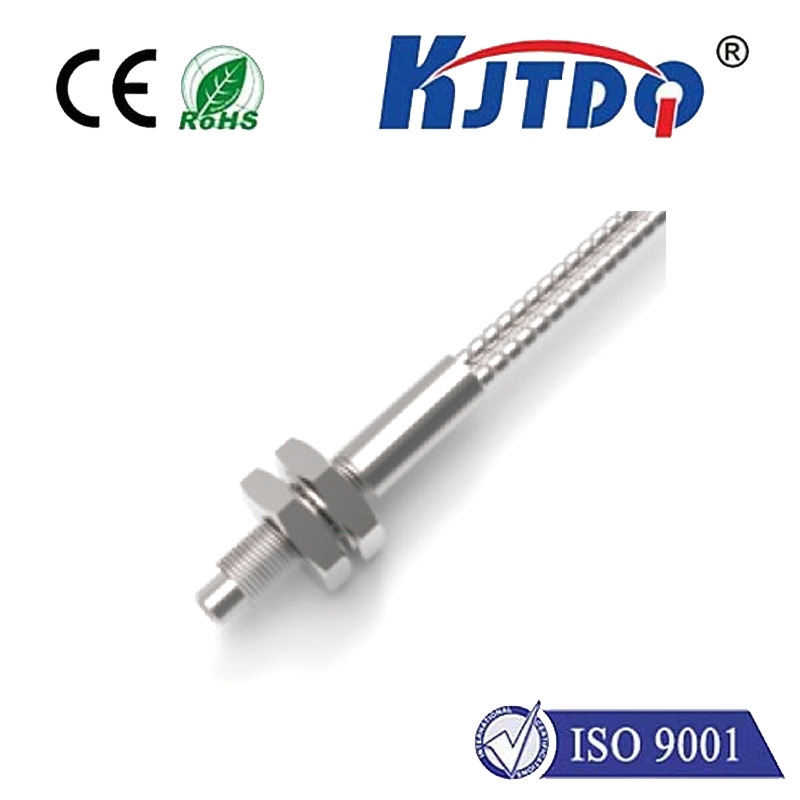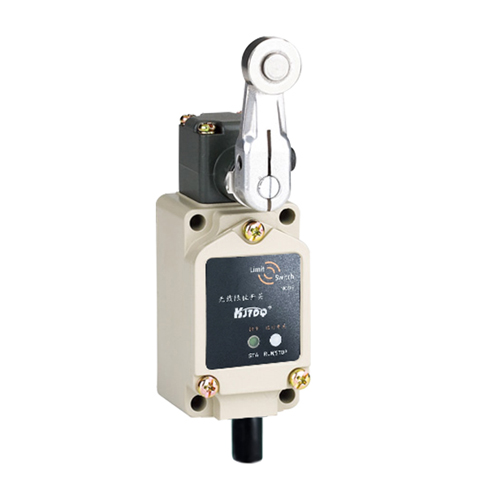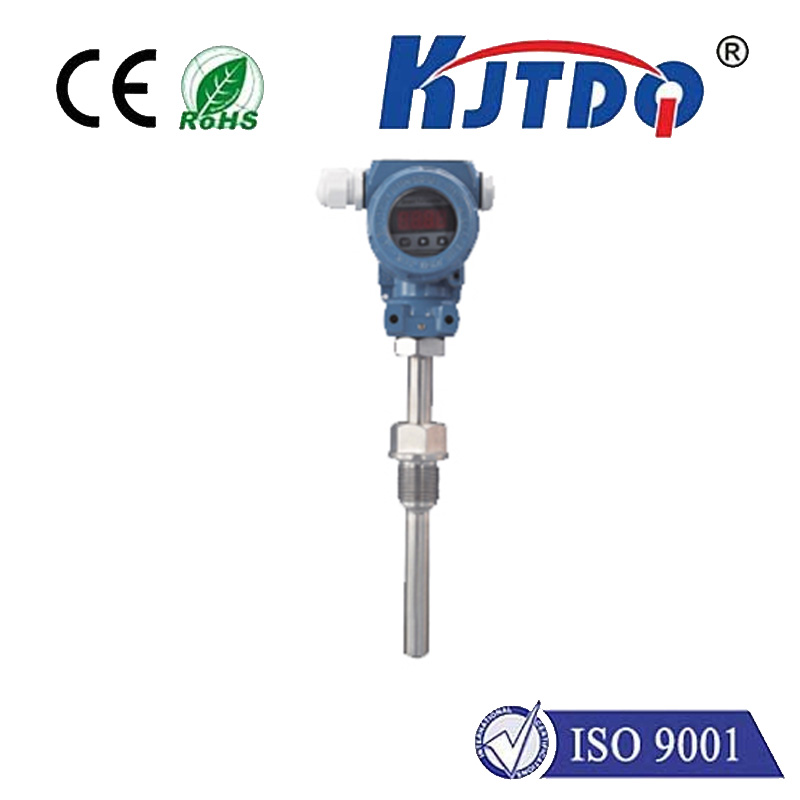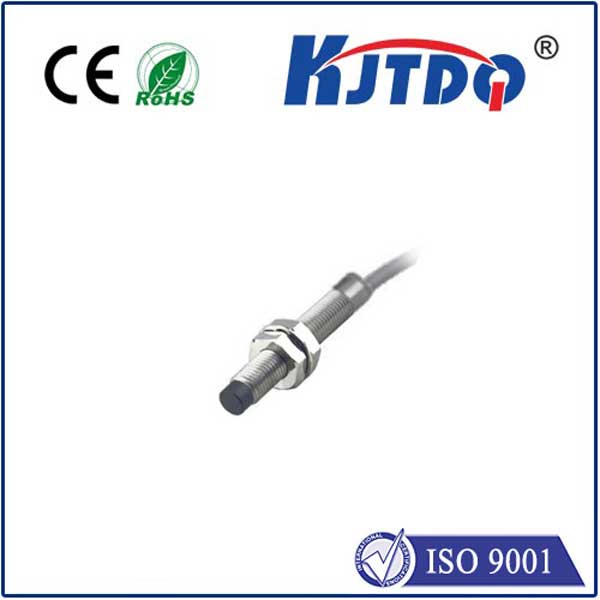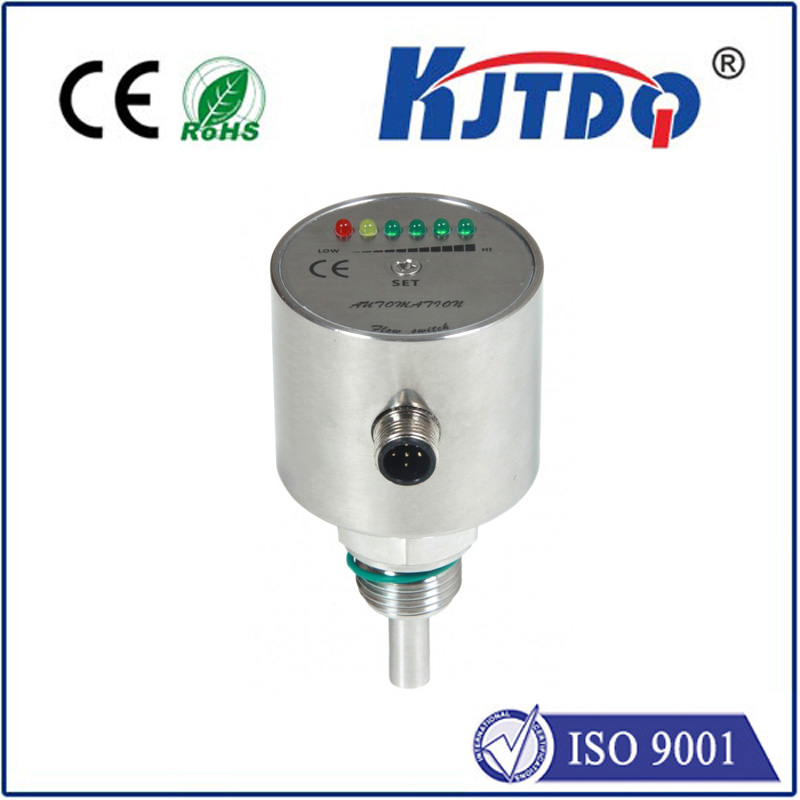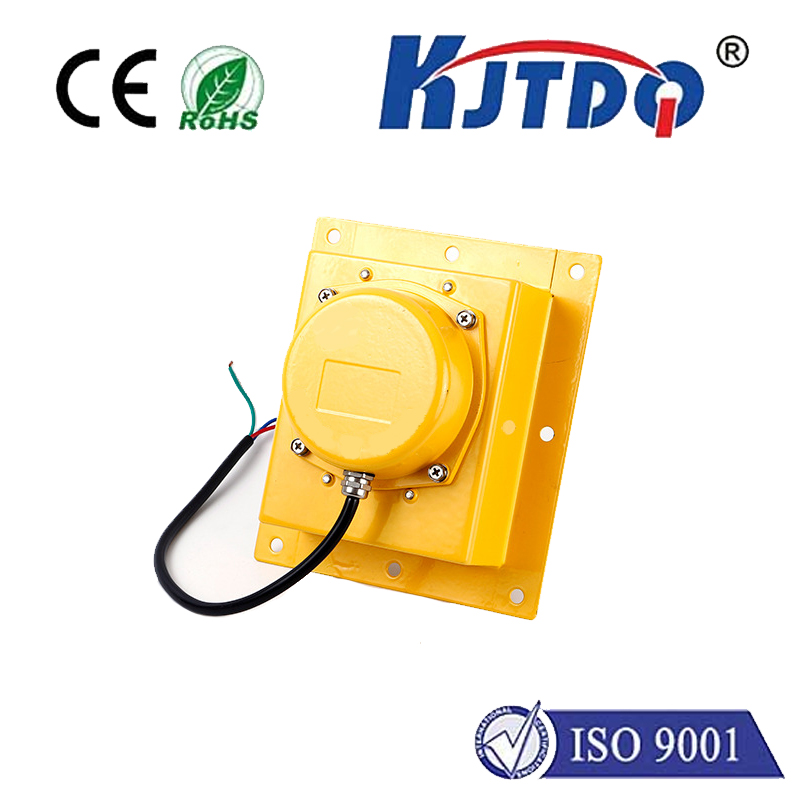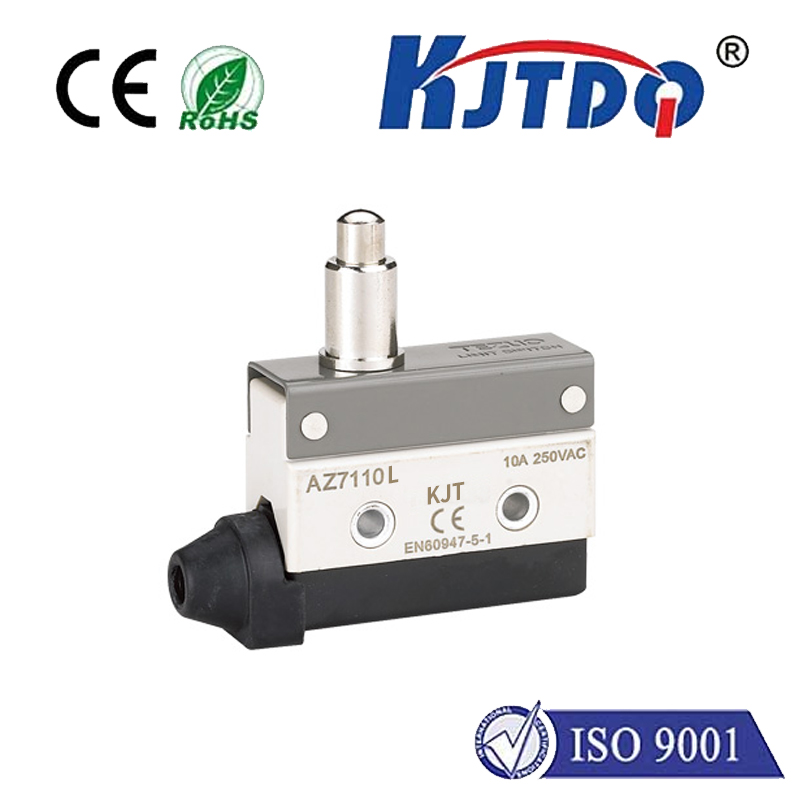pcm sensor
- time:2025-08-21 04:31:07
- Нажмите:0
Unlocking Peak Performance: The Critical Role of PCM Sensors in Modern Vehicles
Your car sputters unexpectedly. A dashboard warning light glares ominously. Or perhaps you simply notice it’s guzzling more fuel than usual. These common frustrations often trace back to a sophisticated network of watchful eyes and ears within your engine bay – specifically, the sensors reporting to the PCM (Powertrain Control Module). Understanding Pcm sensor technology is key to appreciating how modern vehicles maintain efficiency, power, and reliability.
The Brain’s Informants: What Exactly is a PCM Sensor?
The PCM is the undisputed central nervous system of your vehicle’s powertrain – the engine and transmission. Its job is immense: constantly making thousands of calculations per second to optimize combustion, fuel delivery, emissions, shifting, and more. But to make these critical decisions, the PCM relies entirely on accurate, real-time data. This is where Pcm sensors come in.
Think of the PCM as the brain. Pcm sensors are the sensory organs, feeding it vital information about the physical conditions within the engine and its supporting systems. Without this constant stream of data, the PCM would be “blind” and incapable of effectively managing the complex interplay of components needed for smooth operation. These engine sensors translate mechanical, thermal, and chemical states into precise electrical signals the microprocessor can understand.

Core Guardians: Essential PCM Sensor Types
A multitude of specialized sensors work in concert:
- Mass Air Flow (MAF) Sensor: Crucial for precision, the MAF sensor measures the volume and density of air entering the engine. This is fundamental data because the PCM uses it to calculate the optimal amount of fuel for combustion. A faulty MAF can cause rough idling, hesitation, poor acceleration, and drastically reduced fuel efficiency.
- Engine Coolant Temperature (ECT) Sensor: Temperature regulation is vital. The ECT sensor monitors the engine coolant temperature, providing data that influences fuel mixture (richer when cold), ignition timing, cooling fan operation, and transmission shifting. An inaccurate ECT reading can lead to poor cold starts, overheating risks, or increased emissions.
- Throttle Position Sensor (TPS): This sensor tracks the angle of the throttle plate, telling the PCM how far the driver has pressed the accelerator pedal. This directly impacts engine load calculations, fuel delivery, and transmission shift points. A failing TPS often causes surging, hesitation, or erratic idle.
- Oxygen Sensors (O2 Sensors): Key players in emission control and fuel economy, O2 sensors measure the amount of unburned oxygen in the exhaust stream. The PCM uses this feedback in a closed loop to constantly fine-tune the air-fuel ratio for optimal combustion and minimal harmful emissions. Pre-catalytic (upstream) and post-catalytic (downstream) sensors work together.
- Crankshaft Position Sensor (CKP) & Camshaft Position Sensor (CMP): These are fundamental for ignition and injection timing. The CKP sensor determines the crankshaft’s position and rotational speed. The CMP sensor identifies the position of the camshaft(s), telling the PCM which cylinders are firing. Failure of either often results in a no-start condition or severe misfires.
- Manifold Absolute Pressure (MAP) Sensor: This measures the pressure inside the intake manifold, providing another way (alongside the MAF) for the PCM to determine engine load and air density. It’s particularly important in engines without a MAF sensor or for calculating barometric pressure. Issues can mimic a bad MAF sensor.
- Knock Sensor: Protecting the engine from damage, this sensor detects abnormal combustion (pre-ignition or detonation), heard as “knocking” or “pinging.” Upon detection, the PCM instantly retards ignition timing to prevent potential piston or bearing damage.
Why PCM Sensors Are Non-Negotiable: The Benefits
The seamless operation of these sensors delivers tangible advantages:
- Optimized Performance: Precise fuel and spark control ensure maximum power output when you need it and smooth operation at all times.
- Enhanced Fuel Efficiency: By constantly adjusting the air-fuel mixture to the ideal ratio (stoichiometry), sensors prevent wastage, directly improving miles per gallon.
- Reduced Emissions: Tighter control over combustion, enabled by sensors like O2 sensors, ensures the catalytic converter works efficiently, minimizing harmful pollutants released into the environment.
- Improved Driveability: Smooth idling, responsive acceleration, and seamless shifting all depend on accurate sensor data feeding the PCM.
- Diagnostic Capability: Perhaps most importantly for technicians and owners, Pcm sensors are the primary source of data for the vehicle’s on-board diagnostics (OBD-II) system. When a sensor malfunctions or detects a parameter out of range, it triggers a Diagnostic Trouble Code (DTC), illuminating the “Check Engine” light and providing a starting point for troubleshooting. This capability has revolutionized automotive repair.
Spotting Trouble: Recognizing PCM Sensor Issues
While robust, sensors can fail due to age, heat, vibration, contamination, or electrical faults. Warning signs include:
- Illuminated “Check Engine” light
- Poor fuel economy
- Rough idling or stalling
- Engine hesitation, misfires, or lack of power
- Difficult starting (especially when cold or hot)
- Failed emissions tests
- Transmission shifting problems
Diagnosing a faulty Pcm sensor requires more than just reading the DTC. While a specific sensor code provides direction, technicians use scan tools to view live data streams, compare sensor readings against expected values under different conditions, and perform circuit checks to pinpoint whether the issue is the sensor itself, its wiring, or the PCM.
The Unseen Champions
Pcm sensors are the unsung heroes of modern automotive engineering. These sophisticated, yet often small and unassuming, components provide the critical real-world data that allows the vehicle’s computer brain, the PCM, to perform its complex optimization tasks. Their continuous monitoring and reporting are fundamental to achieving the Спектакль, efficiency, reliability, and emissions compliance we expect from today’s vehicles. Neglecting their role or ignoring warning signs of their failure can lead to decreased performance, higher running costs, and potentially costly damage. Understanding their function is a significant step towards appreciating the intricate electronic symphony that powers your drive.





